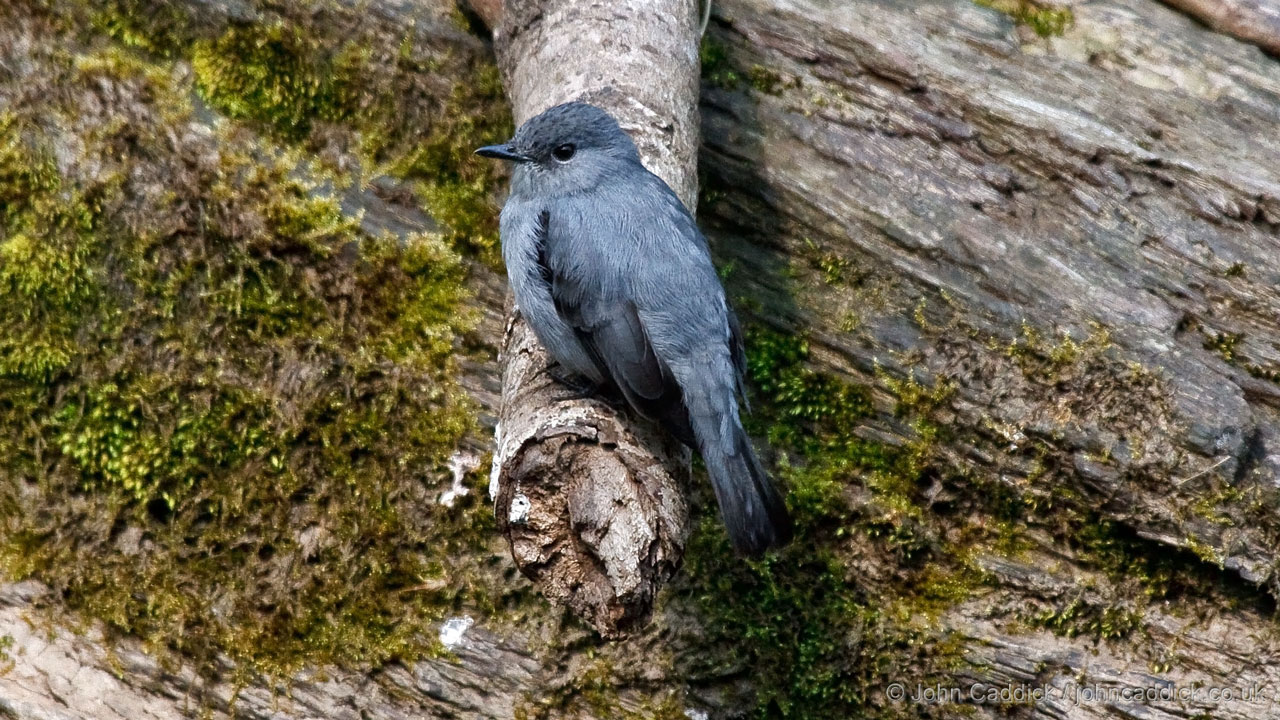
Muscicapa cassini
SUBFAMILY
Muscicapinae
TAXONOMY
Muscicapa cassini Heine, 1859.
OTHER COMMON NAMES
English: Cassin’s alseonax, Cassin’s gray flycatcher; French:
Gobemouche de Cassin; German: Cassinschnдpper; Spanish:
Papamoscas de Cassin.
PHYSICAL CHARACTERISTICS
The body length is about 5.5 in (14 cm). The sexes are colored
similarly, with a bluish gray back, black wings and tail, and
white underparts with gray flanks and chest.
DISTRIBUTION
A resident species of much of western tropical Africa.
HABITAT
Occurs in the vicinity of rivers, streams, and other surface waters
within humid, lowland, tropical forest. Occurs as high as
about 5,900 ft (1,800 m).
BEHAVIOR
A nonmigratory species. Pairs of breeding birds defend a linear
territory along a watercourse, or a wider one in flooded forest.
The song consists of a medley of whistles, buzzes, and chirps
sung in bouts of several minutes.
FEEDING ECOLOGY AND DIET
An active hunter that searches for flying insects from an exposed
perch, such as a stump or dead tree in the water or from
an overhanging branch. Usually returns to its original perch after
each sally. Sometimes swoops to take prey from a spider
web or the ground.
REPRODUCTIVE BIOLOGY
Builds a cup-shaped nest of grass and other fibers. The nest is
placed close to the ground in a shallow cavity in a stump, in
other kinds of tree-crevices, or at a narrow branch-fork. Lays
two light-green, finely speckled eggs.
CONSERVATION STATUS
Not threatened. A widespread and locally abundant species.
SIGNIFICANCE TO HUMANS
None known, except for the economic benefits of birdwatching.
Photo Gallery of - Cassin’s flycatcher
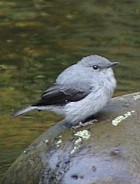
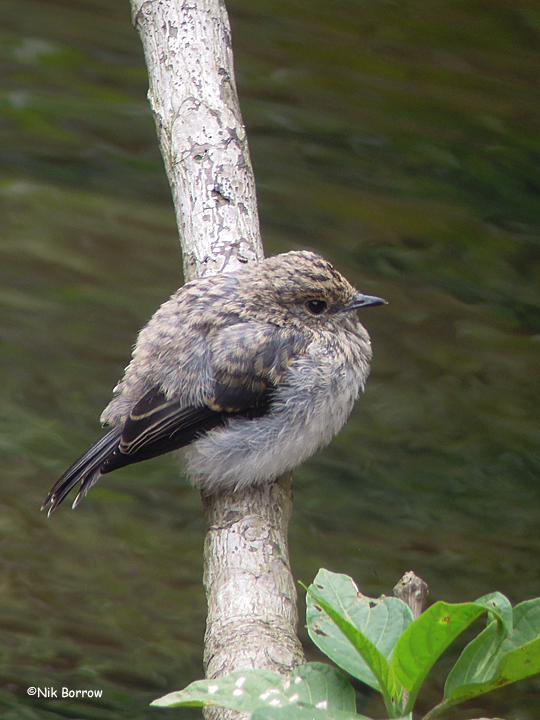
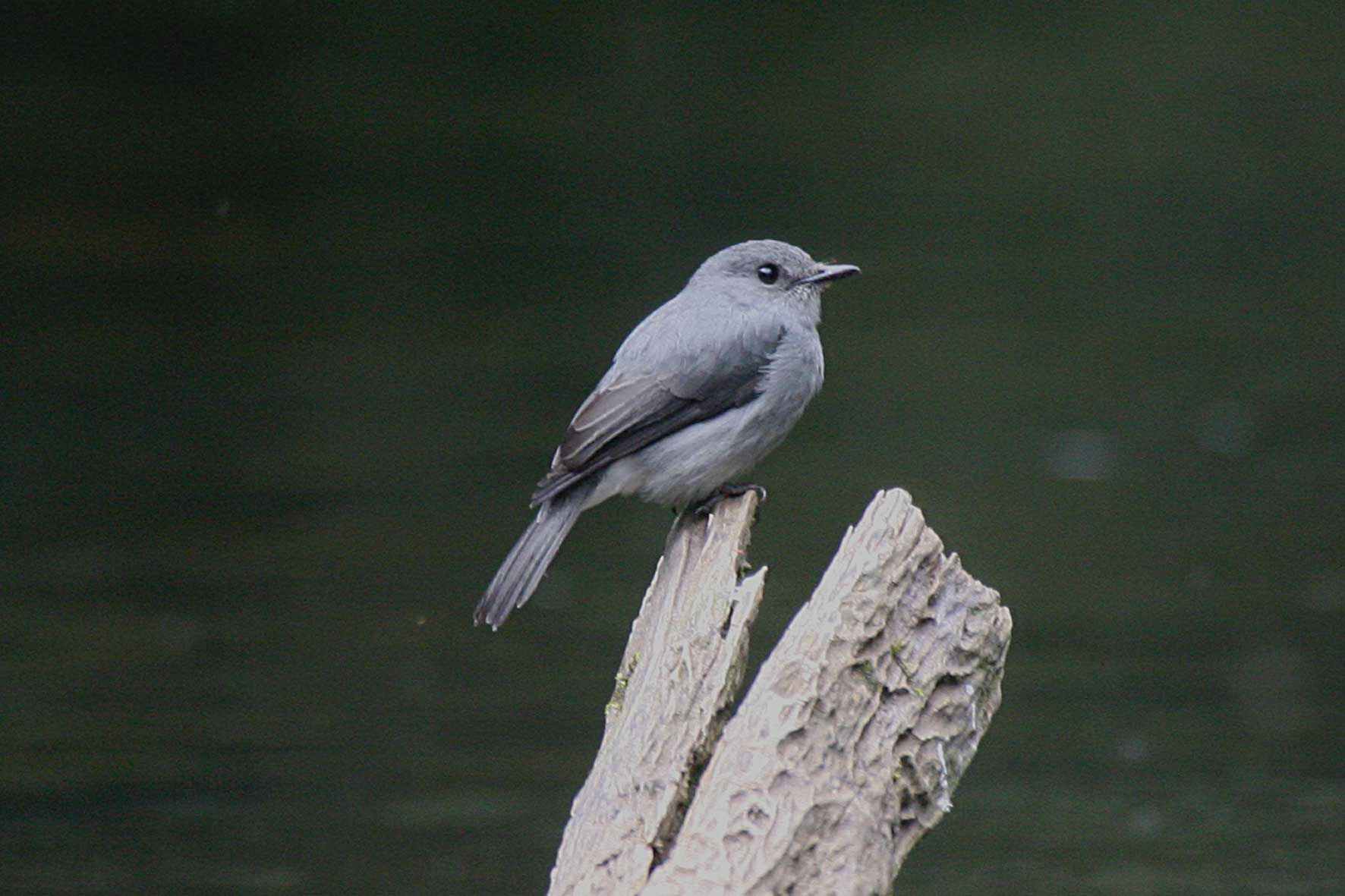
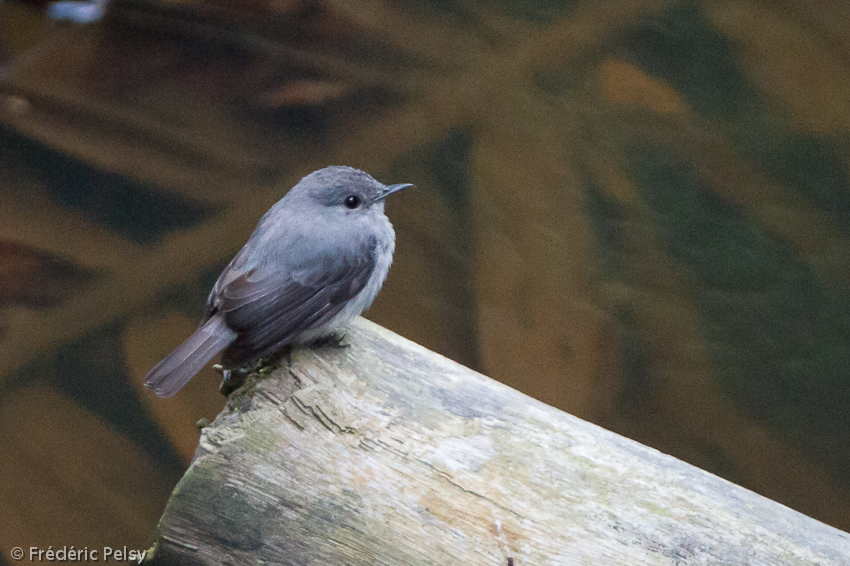
 Animalia Life
Animalia Life